Without question the single most important motorcycle of any kind to appear on the open market in recent years, this Honda RC164 is offered for sale by multiple World Championship winner Jim Redman, to whom it was given by a grateful factory at the end of the 1964 Grand Prix season. ‘Also-rans’ in the late 1950s, Japanese manufacturers came to dominate Grand Prix racing’s 1960s ‘Golden Age’, none more so than Honda, whose jewel-like, small-capacity lightweights represented the pinnacle of motorcycle engineering in their day. Built for and run by the works team, with occasional loans to selected privateers, these hand-crafted masterpieces are extremely rare in private hands and only infrequently come to market. One of only three complete four-cylinder machines of this particular type made by Honda, this example still has matching frame and engine numbers: ‘RC164-103’. It is believed to be the only original example of its kind still in existence – Jim remembers one being crashed and the engine of the other being removed to be put in another machine. British by birth, Jim Redman emigrated to Rhodesia (now Zimbabwe) in his teens. He started motorcycle racing on a Triumph twin before going on to win the South African Championship on an AJS 7R and setting sail for Europe. His big break came in 1960 when he stood in for injured Honda works rider Tom Phillis and was offered a contract for the following season. By the time he retired from racing at the end of 1966, Jim had amassed no fewer than 45 Grand Prix victories and six World Championships for Honda: two in the 250cc class and four in the 350cc category. In an interview published in Octane magazine (October 2006 issue) Jim recalled: ‘Most of the time I never really knew the exact details of the bikes I rode, because we would mix frames, engines and other parts from different machines until we had a combination that worked – but in 1964 things were a little different. ‘The 250cc RC164 was really only intended as a temporary measure, a stand-in until the six-cylinder bike was ready, but I ended up using it for most of the season and only changed to the six in time for Monza. As a result, the 250 four remained pretty much unaltered and, at Assen in 1964, it gave me what I can only describe as the ride of my life.’ ‘RC164-103’ was ridden by Jim Redman for almost the entire 1964 season before he switched to the new six-cylinder version for the final two races. Jim finished second to Phil Read (Yamaha) that year in one of the most hotly contested championships in history. Riding ‘RC164-103’, he finished first in the Isle of Man TT and in the Dutch TT at Assen, on the latter occasion becoming the first man ever to win three Grand Prix classes in the same day. A further five second places, plus another win and a third place on the ‘six’ saw Jim finish with 58 points to Read’s 50, the latter taking the title by 46 points to 42 under the ‘best six results only’ system operating that year. Recalling that epic ride at Assen for Octane, Jim observed: ‘At the time, Honda had the edge in terms of reliability but Phil Read’s two-stroke Yamaha was clocked down the straight at a good 15km/h faster, so the only way to beat him was in the corners. In the end it was the last two corners that did it. When I pulled in after winning I told the mechanics that the engine was probably finished, because in order to cross the line in front of Phil I couldn’t afford to change gear. The red line was at 13,700rpm but I took the chequered flag with the needle on the stop at 18,000, which meant it was probably touching 20,000 – if I’d have changed up, I’d have lost. The engine was subsequently stripped back in Japan, where everything was tested and checked in minute detail – and it was found to be perfect.’ After that record-breaking Assen meeting, during which he also won the 125cc and 350cc races, Jim told Honda’s Team Manager, ‘I’m taking that bike home because it’s the one I rode my best race on,’ and at the
Without question the single most important motorcycle of any kind to appear on the open market in recent years, this Honda RC164 is offered for sale by multiple World Championship winner Jim Redman, to whom it was given by a grateful factory at the end of the 1964 Grand Prix season. ‘Also-rans’ in the late 1950s, Japanese manufacturers came to dominate Grand Prix racing’s 1960s ‘Golden Age’, none more so than Honda, whose jewel-like, small-capacity lightweights represented the pinnacle of motorcycle engineering in their day. Built for and run by the works team, with occasional loans to selected privateers, these hand-crafted masterpieces are extremely rare in private hands and only infrequently come to market. One of only three complete four-cylinder machines of this particular type made by Honda, this example still has matching frame and engine numbers: ‘RC164-103’. It is believed to be the only original example of its kind still in existence – Jim remembers one being crashed and the engine of the other being removed to be put in another machine. British by birth, Jim Redman emigrated to Rhodesia (now Zimbabwe) in his teens. He started motorcycle racing on a Triumph twin before going on to win the South African Championship on an AJS 7R and setting sail for Europe. His big break came in 1960 when he stood in for injured Honda works rider Tom Phillis and was offered a contract for the following season. By the time he retired from racing at the end of 1966, Jim had amassed no fewer than 45 Grand Prix victories and six World Championships for Honda: two in the 250cc class and four in the 350cc category. In an interview published in Octane magazine (October 2006 issue) Jim recalled: ‘Most of the time I never really knew the exact details of the bikes I rode, because we would mix frames, engines and other parts from different machines until we had a combination that worked – but in 1964 things were a little different. ‘The 250cc RC164 was really only intended as a temporary measure, a stand-in until the six-cylinder bike was ready, but I ended up using it for most of the season and only changed to the six in time for Monza. As a result, the 250 four remained pretty much unaltered and, at Assen in 1964, it gave me what I can only describe as the ride of my life.’ ‘RC164-103’ was ridden by Jim Redman for almost the entire 1964 season before he switched to the new six-cylinder version for the final two races. Jim finished second to Phil Read (Yamaha) that year in one of the most hotly contested championships in history. Riding ‘RC164-103’, he finished first in the Isle of Man TT and in the Dutch TT at Assen, on the latter occasion becoming the first man ever to win three Grand Prix classes in the same day. A further five second places, plus another win and a third place on the ‘six’ saw Jim finish with 58 points to Read’s 50, the latter taking the title by 46 points to 42 under the ‘best six results only’ system operating that year. Recalling that epic ride at Assen for Octane, Jim observed: ‘At the time, Honda had the edge in terms of reliability but Phil Read’s two-stroke Yamaha was clocked down the straight at a good 15km/h faster, so the only way to beat him was in the corners. In the end it was the last two corners that did it. When I pulled in after winning I told the mechanics that the engine was probably finished, because in order to cross the line in front of Phil I couldn’t afford to change gear. The red line was at 13,700rpm but I took the chequered flag with the needle on the stop at 18,000, which meant it was probably touching 20,000 – if I’d have changed up, I’d have lost. The engine was subsequently stripped back in Japan, where everything was tested and checked in minute detail – and it was found to be perfect.’ After that record-breaking Assen meeting, during which he also won the 125cc and 350cc races, Jim told Honda’s Team Manager, ‘I’m taking that bike home because it’s the one I rode my best race on,’ and at the
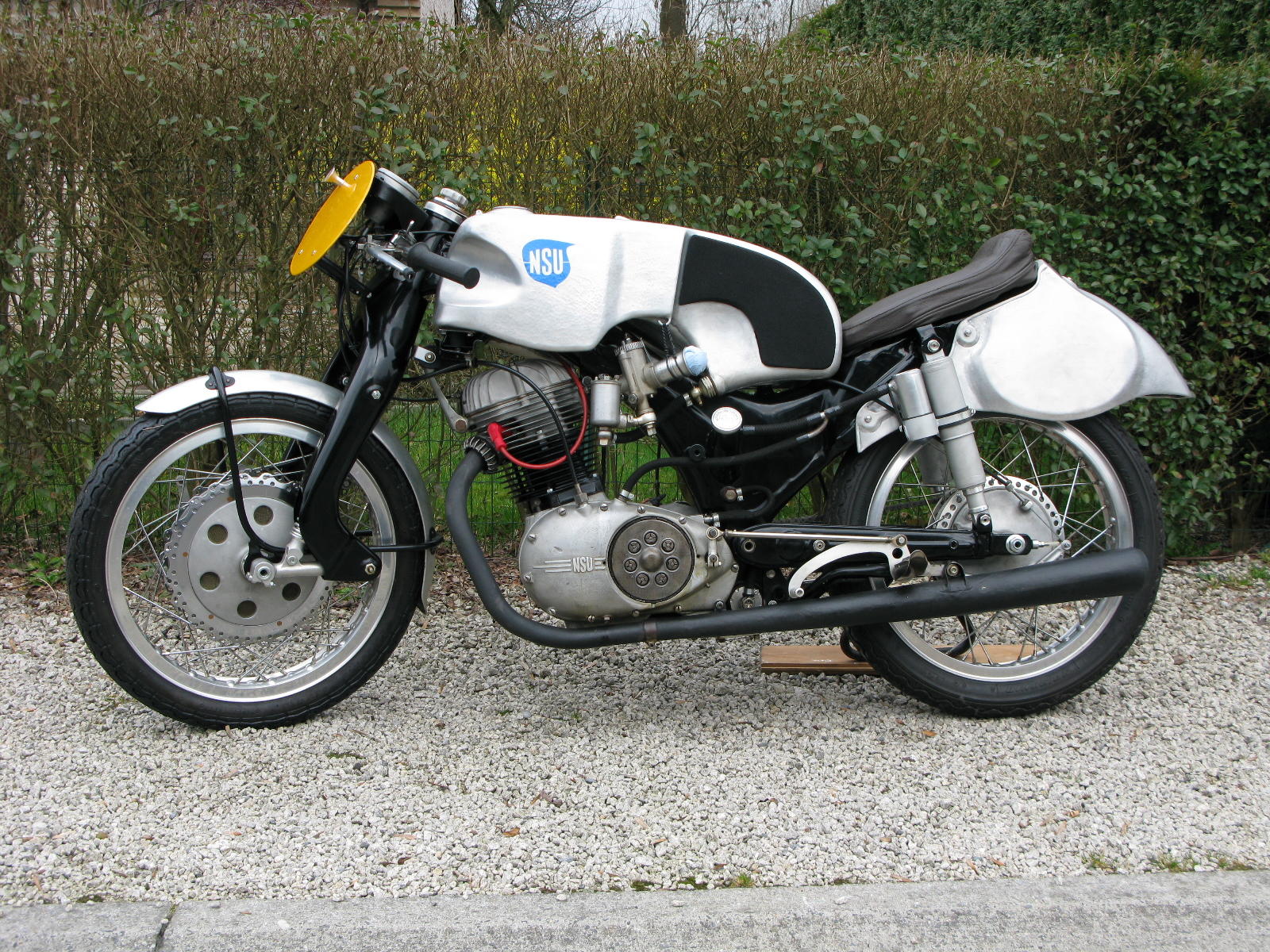
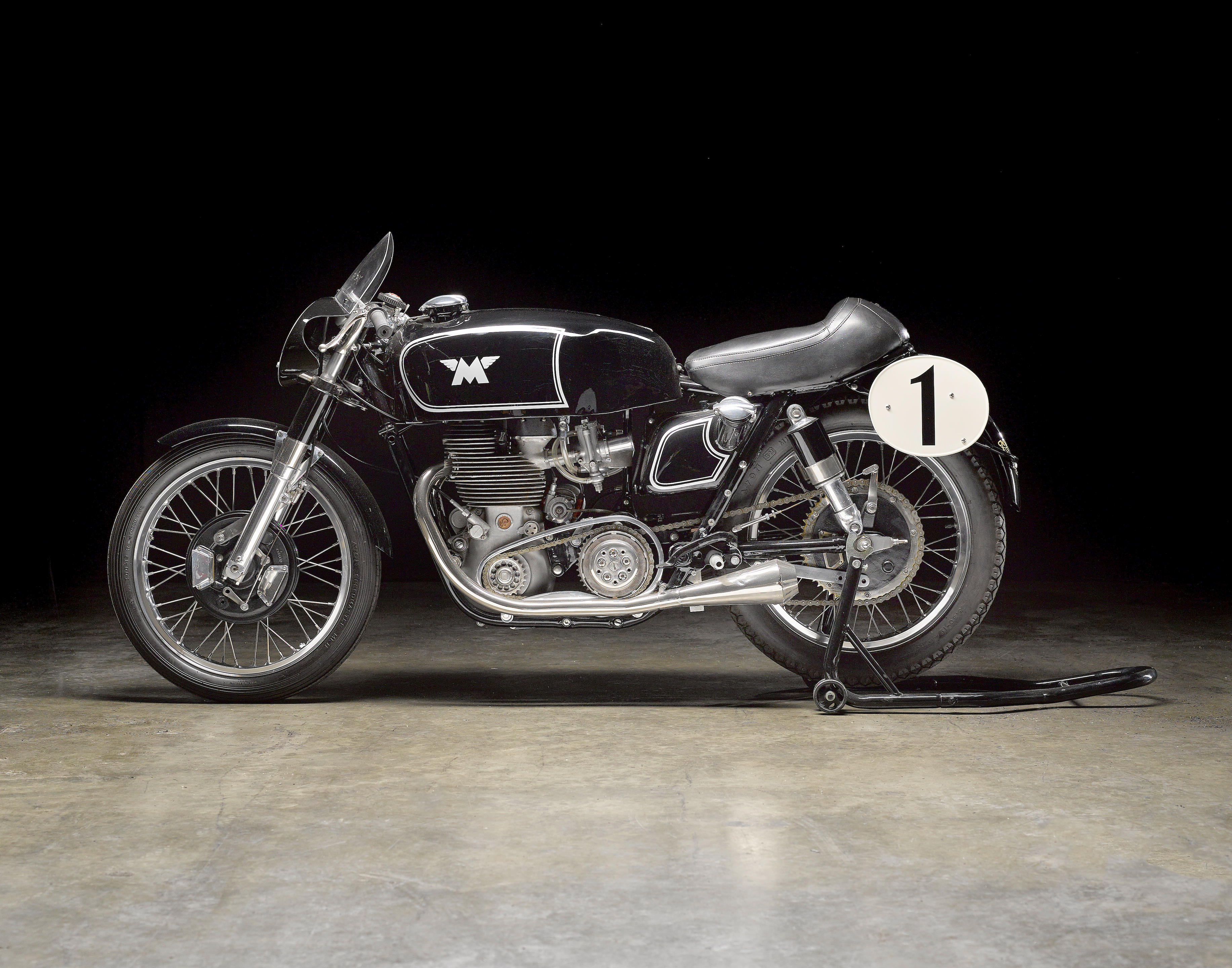
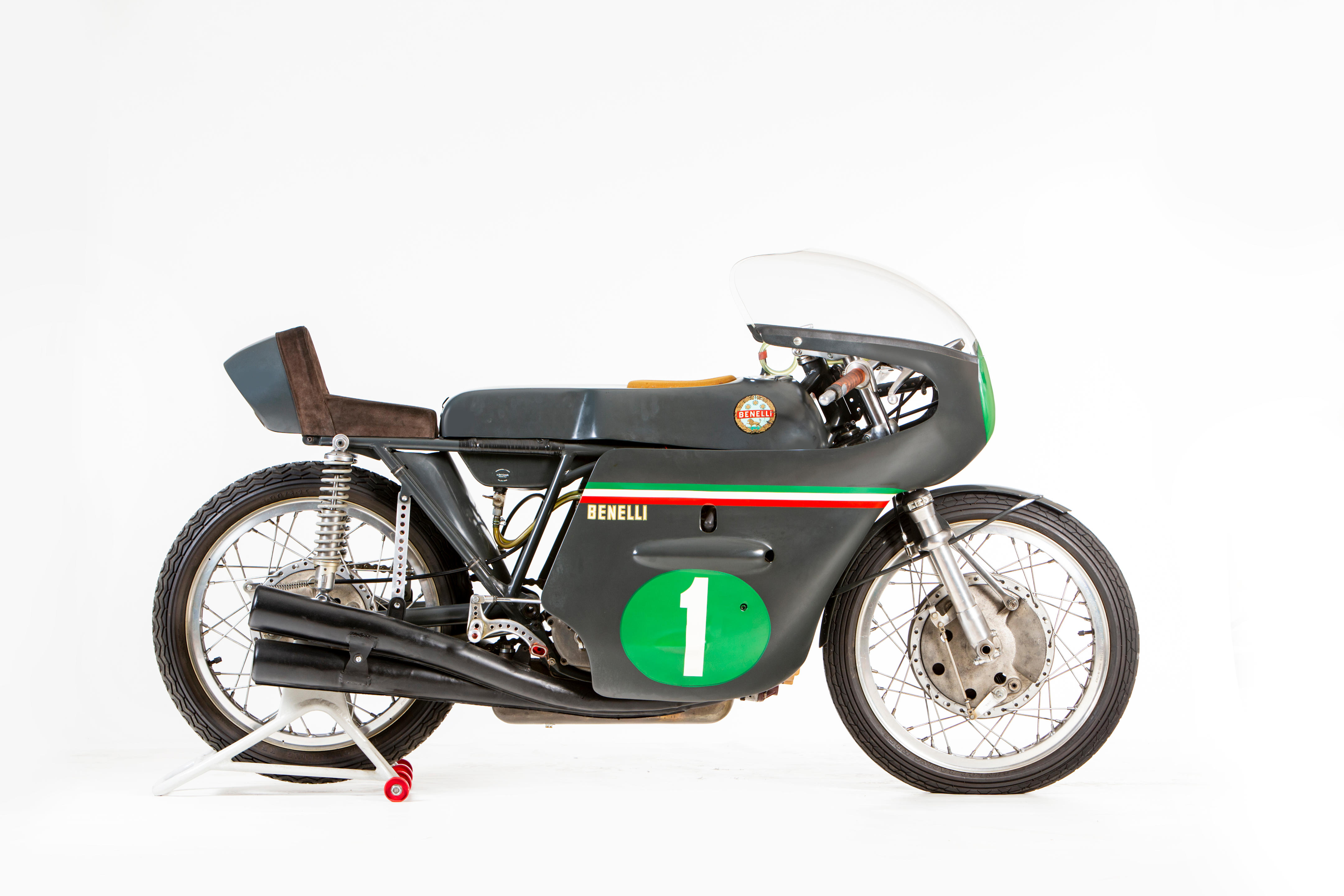
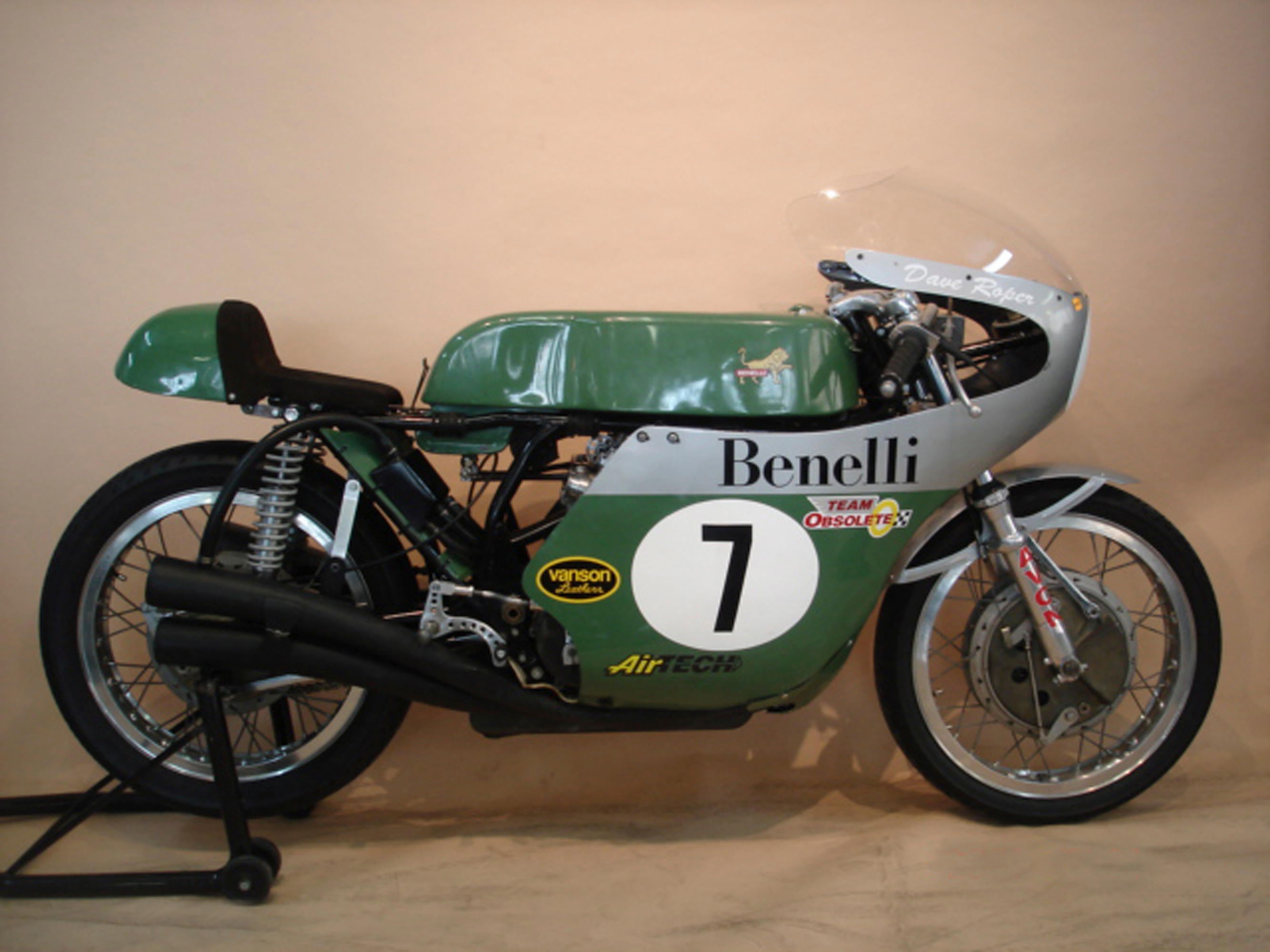
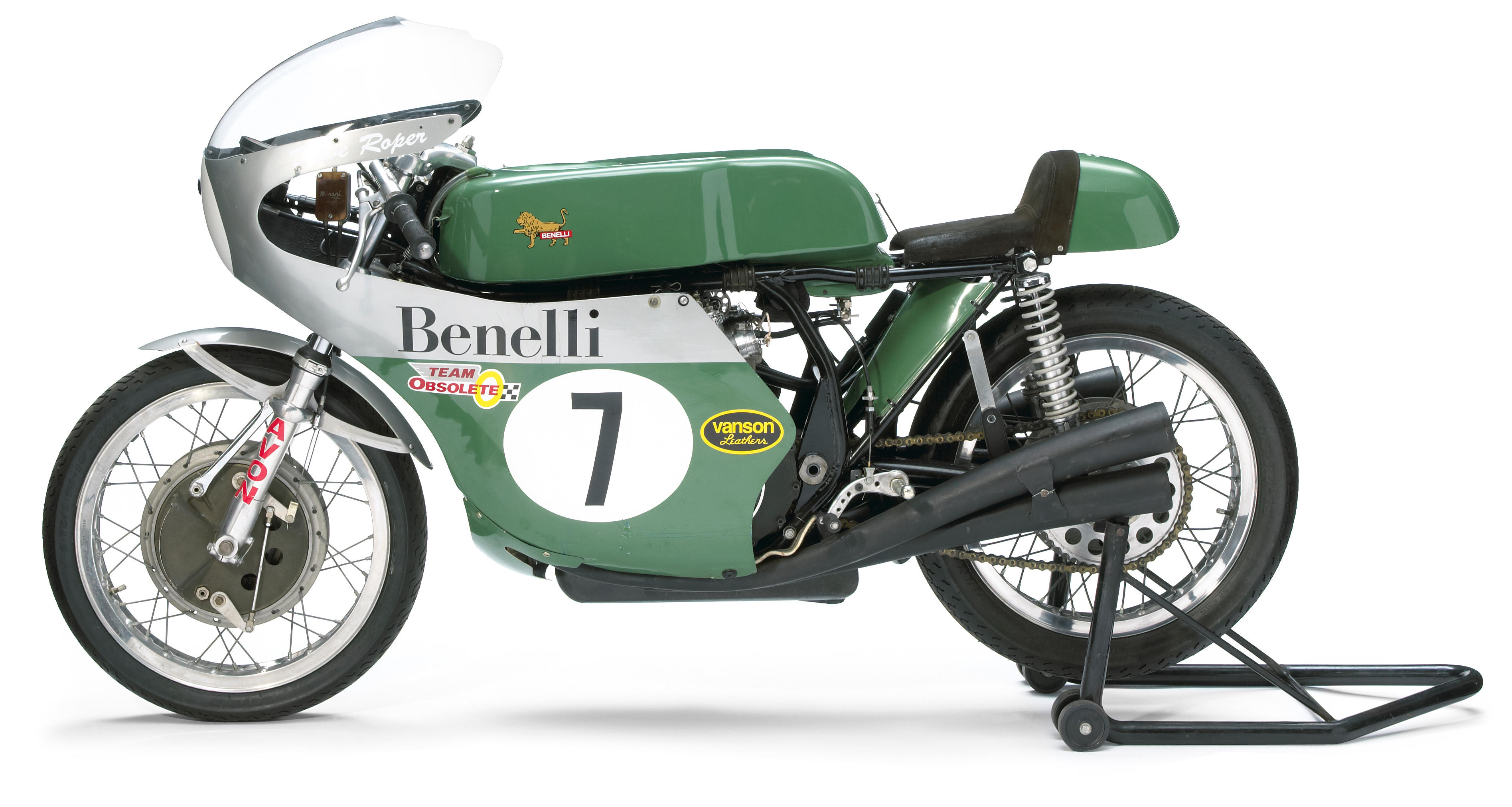
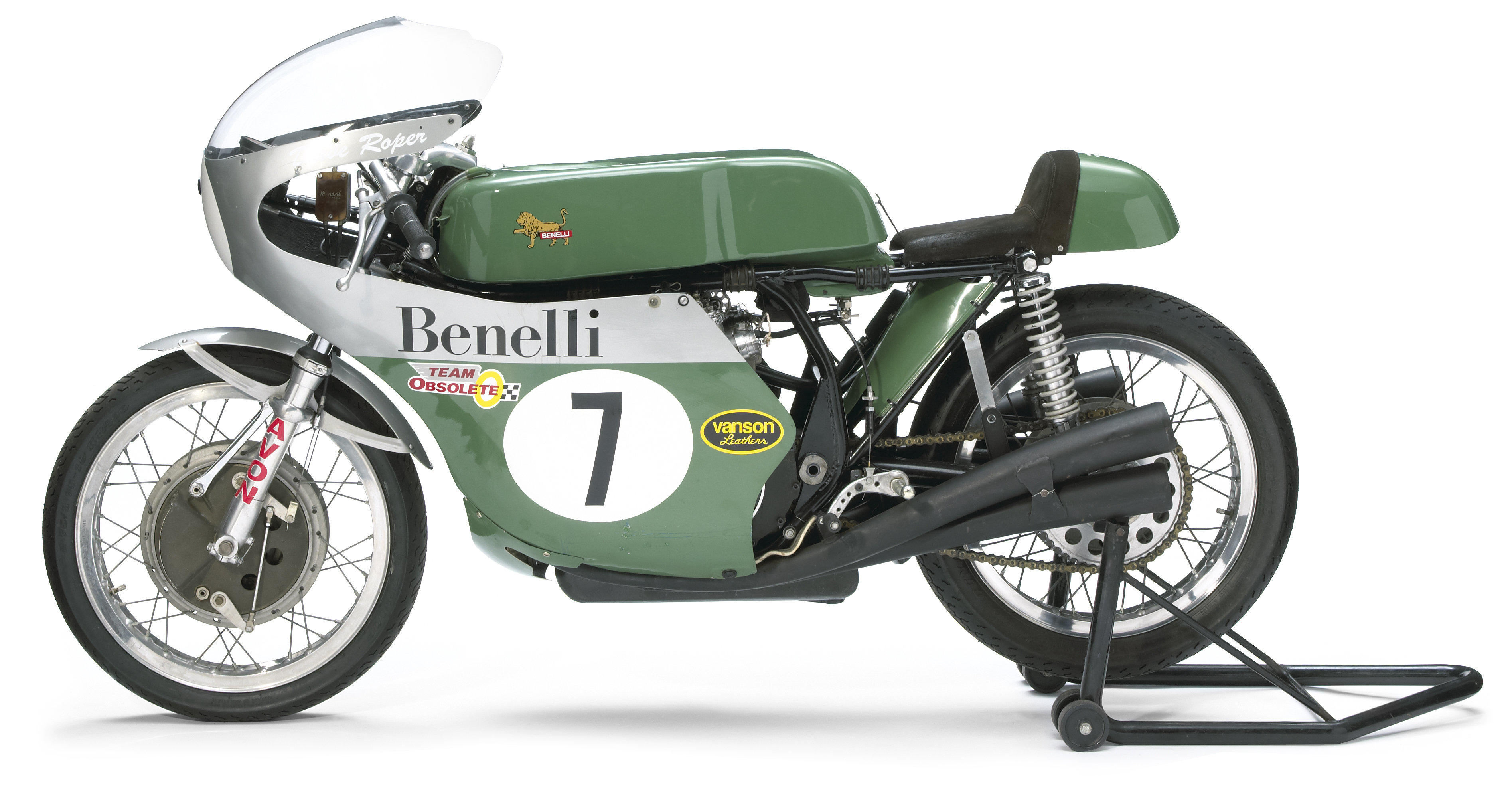
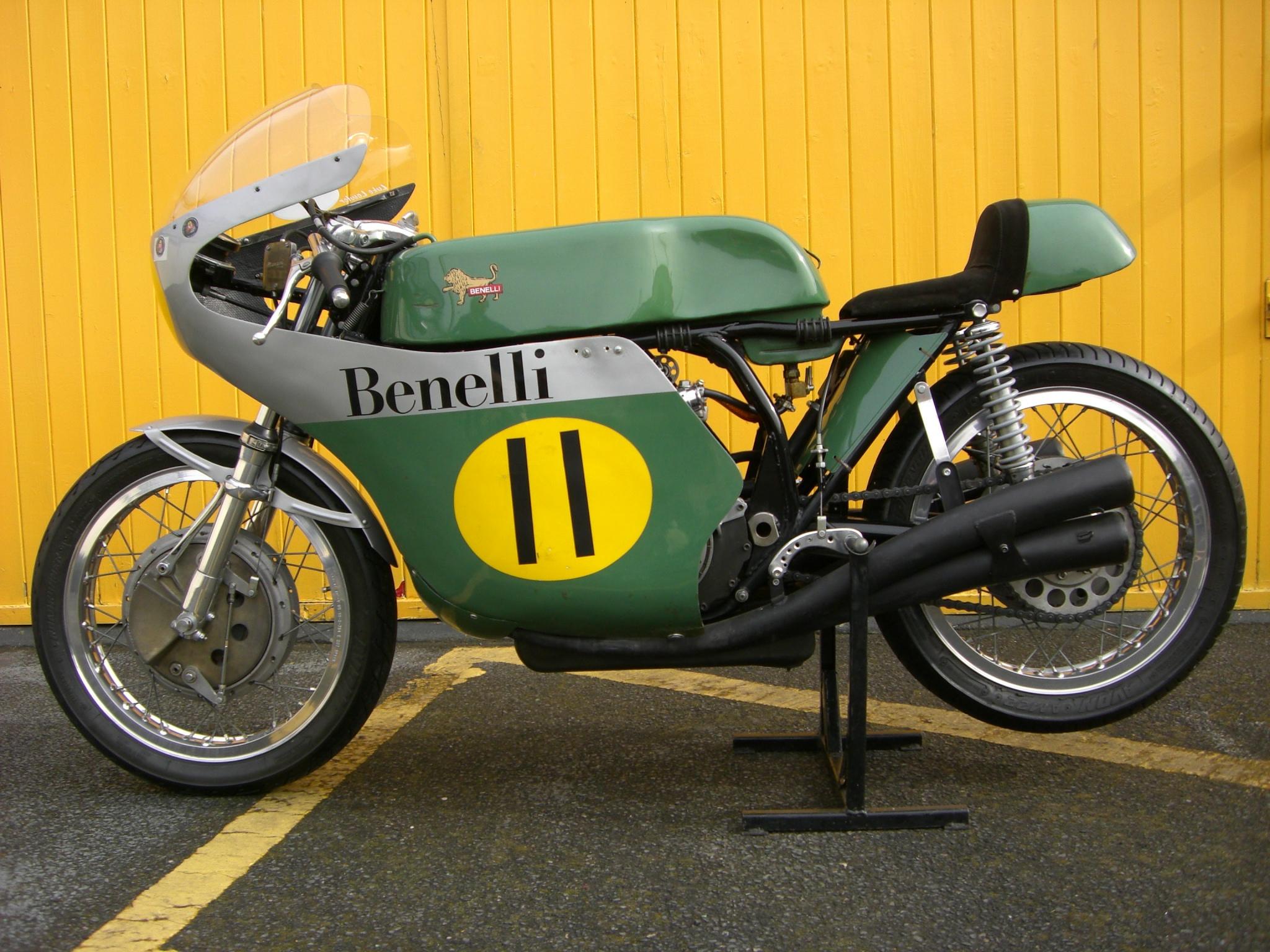
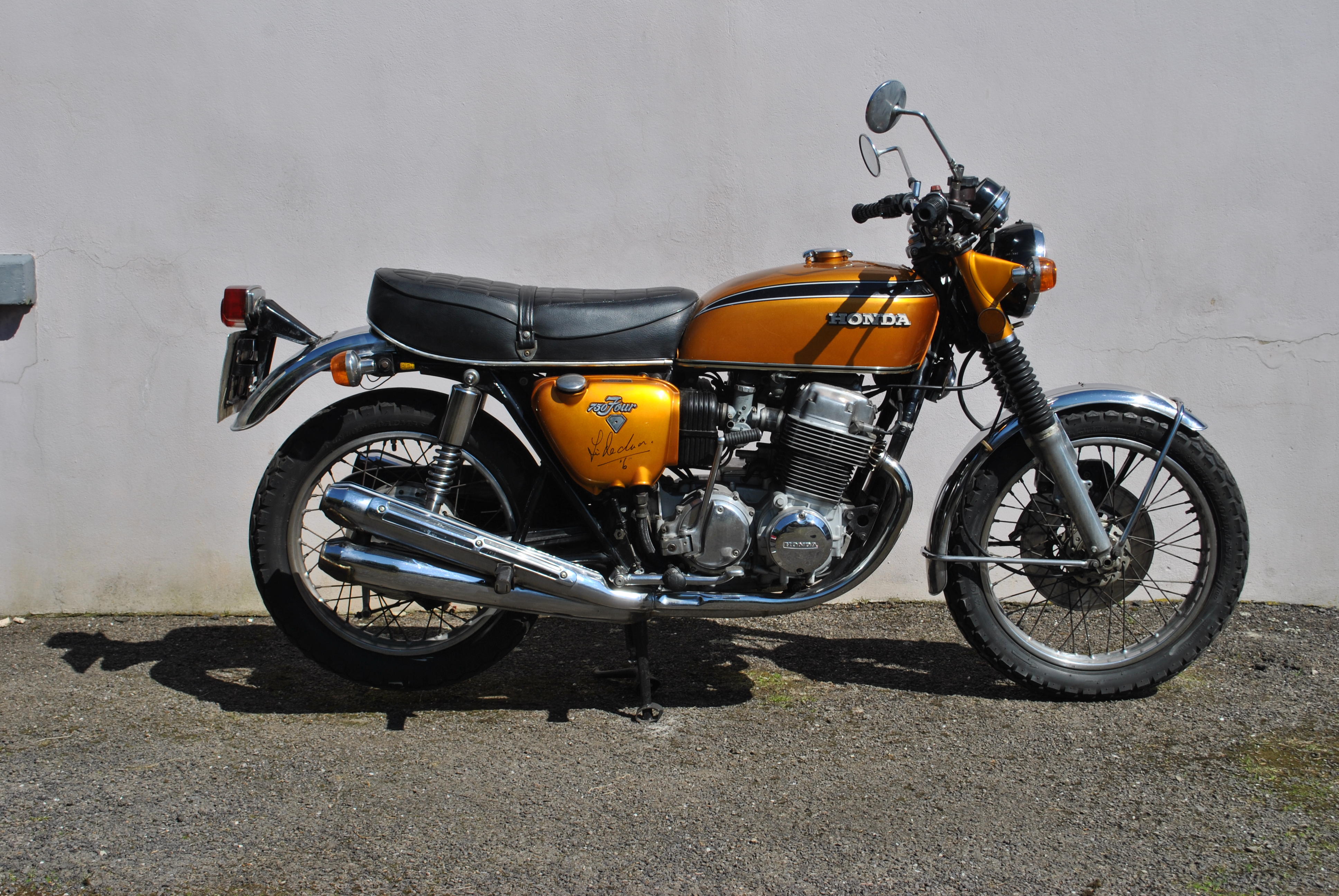
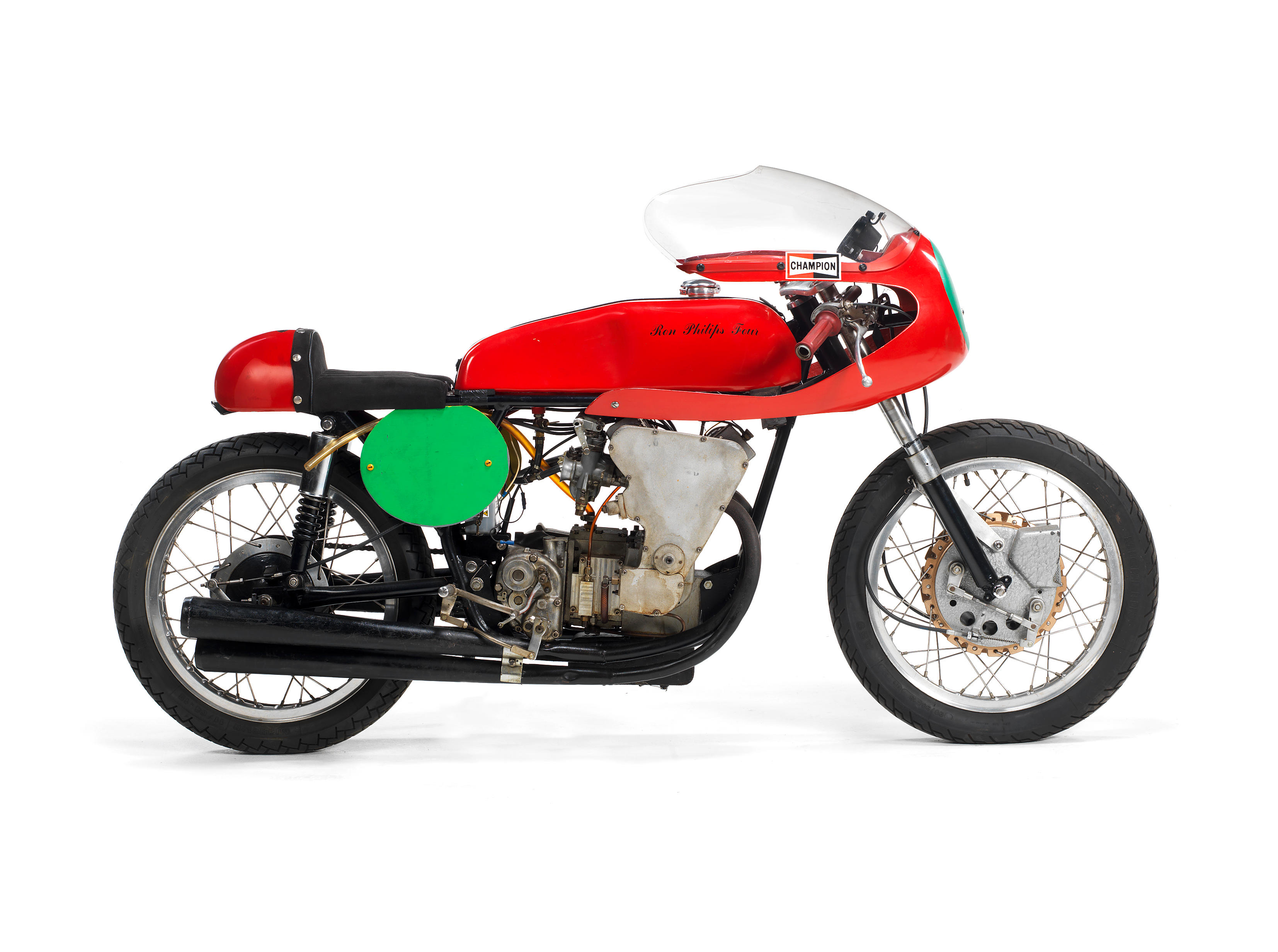
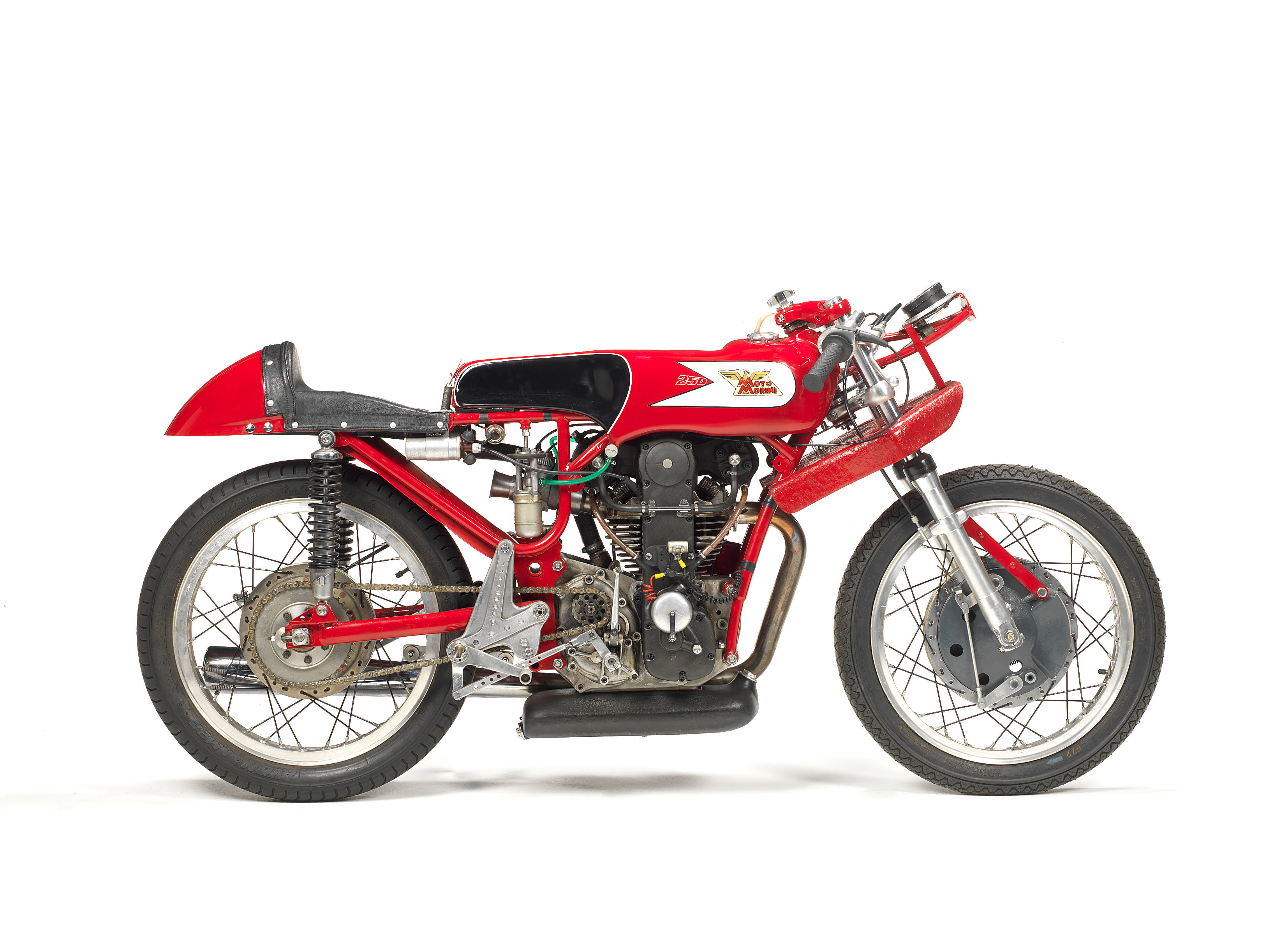
Testen Sie LotSearch und seine Premium-Features 7 Tage - ohne Kosten!
Lassen Sie sich automatisch über neue Objekte in kommenden Auktionen benachrichtigen.
Suchauftrag anlegen